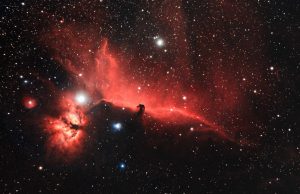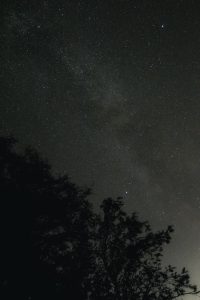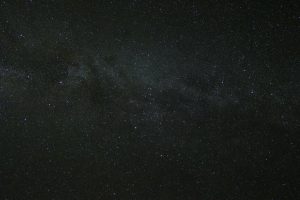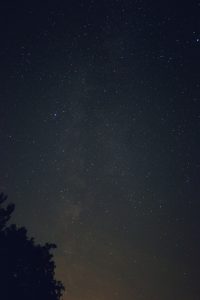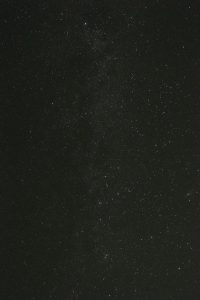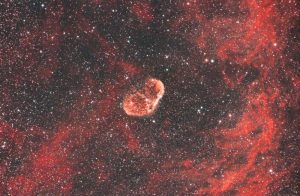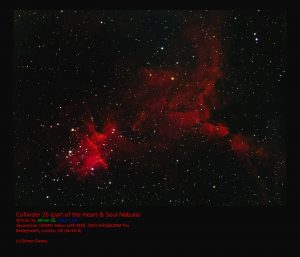The California Nebula (NGC1499 in the New General Catalogue & Sh2-220 in the Sharpless catalogue) taken on the 13th Feb 2023 by member and astrophotographer Neil Webster.
The California Nebula is an emission nebula located in the constellation Perseus not far from the Pleiades and near the star Xi Persei. The nebula’s signature reddish glow is thanks to this nearby star, Xi Persei, which is on the top, left side of the nebula in this image. This luminous blue star (also known as Menkib) is a blue giant that is over 12,000 times brighter than the sun. This massive star ionizes the hydrogen atoms in the California Nebula and is responsible for creating this iconic deep sky object.
The Nebula was discovered by E. E. Barnard in 1884 and its name comes from its resemblance to the shape of the US State of California. It is almost 2.5° long in the sky and roughly 1,500 light-years away from Earth.
Neil acquired the image using a WOGT71, EQ6 R, ZWO294MC, Optolong LEnhance filter, Astro Essentials 50mm Guide Scope, ZWO 290MM.
50x240s Subs, 12xDarks, 40xFlats/Bias.
Processed using APT, PHD, Nebulosity, Photoshop (Camera Raw), Gradient XTerminator.
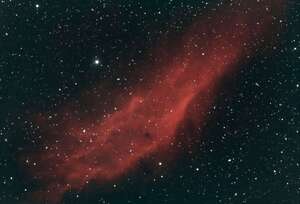
Check out Neil's Flickr page at https://www.flickr.com/photos/137388222@N05/








